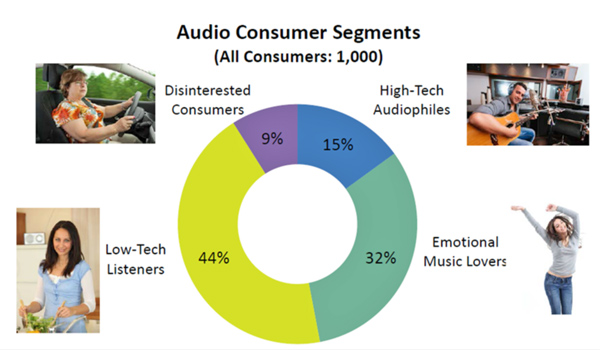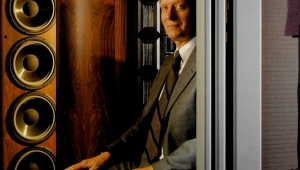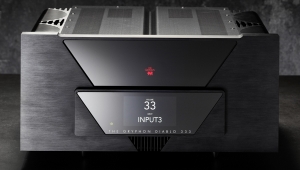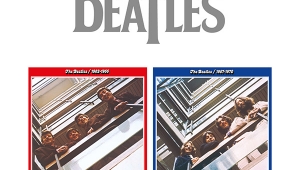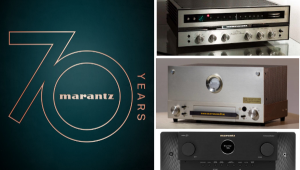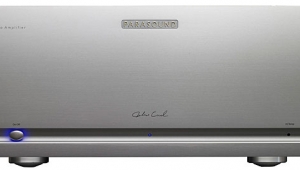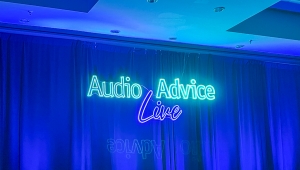| Columns Retired Columns & Blogs |
This is a welcome assessment of portable/digital audio listeners and their categorical assignments.
I'd posit that a significant group of portable/headphone listeners are people who work long hours. They might belong to one of the other groups identified in this article. Indeed, work-based listening may be the superseding grouping parts of the high-tech/low-tech groupings.
I listen to music through headphones more than to my home stereo. Home stereo listening is now almost confined exclusively to the weekends. Work schedules, long commutes may have as much to do with the ascendancy of portable audio listening than anything else.
I'd counsel listeners that they can let the "industry" worry about making money for now; perhaps their money making resides on a lack of creativity and novelty of what they offer.
After all, most groups, if one reviews Allmusic new releases, are "Indie" now. Non-"Indie" music has become the new "Indie," if you ask me. In any event, most Pop-Rock-based genres of music essentially lost their evolutionary track in the 1980s. The 1980s were the "end of history" for many popular musical genres. If you don't believe it, compare what you are buying today with the stalwart offerings of the 1980s.
There are so many sources on the internet for listening, that people should shrug off the, yet another, monthly fee for this or that service; less should they surrender their browsing habits to a place that demands yet another userid and password.
There are superbly curated "radio stations," principally from European radio services. Americans repel from any radio service, no matter how great and thoughtful the music selection is, if there is not an English-speaking DJ. This is sad because there are some great programs in Europe. My reaction when listening to these stations in the early morning or late evening is: "I forgot that song even existed." This is more satisfying than some self-affirming algorithm, or self-selected tunes from other fee-based services. The best part of these foreign services is that there is no login, no userid, no password; there's only perhaps a slightly lower resolution; the excellent curation of music offsets any loss in sound resolution.
For those American listeners who can't take a foreign language voice playing their favorite (and often forgotten) tracks, there are always BBC Radio 1, 2, 3, 4..... I even found a fascinating web site with hosted audio clips of Guarani/Paraguayan music last year.
The boundaries for computer based streaming are a lot wider, and less expensive, if there's a cost at all, than many people might imagine. The "industry" wants you to hear the threadbare offerings that are on FM radio; they want you to pay for it. The "value" of all of this is debatable to me.
Take a savings on the fees and personal information--save what Google gets from your browsing history. There's a very big world out there with more music than a single human being can assimilate in a 24 hour period.

